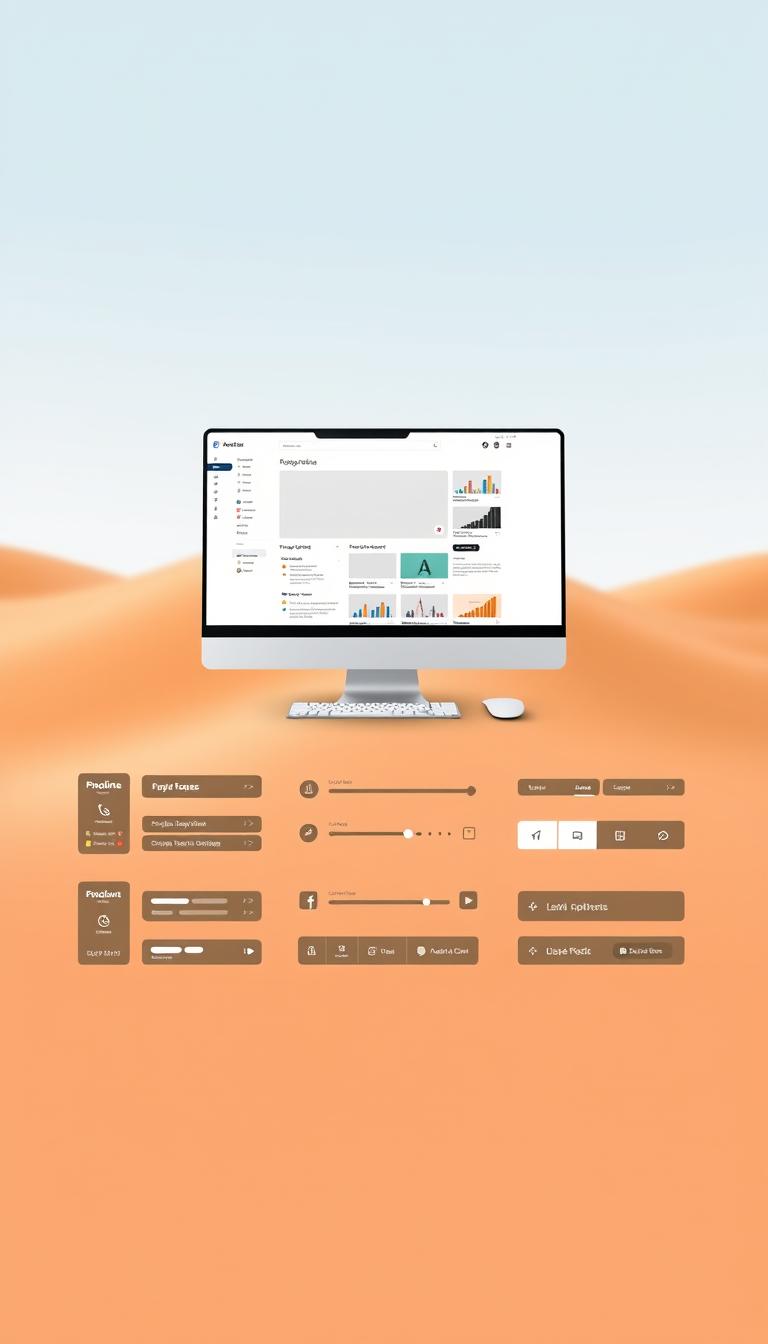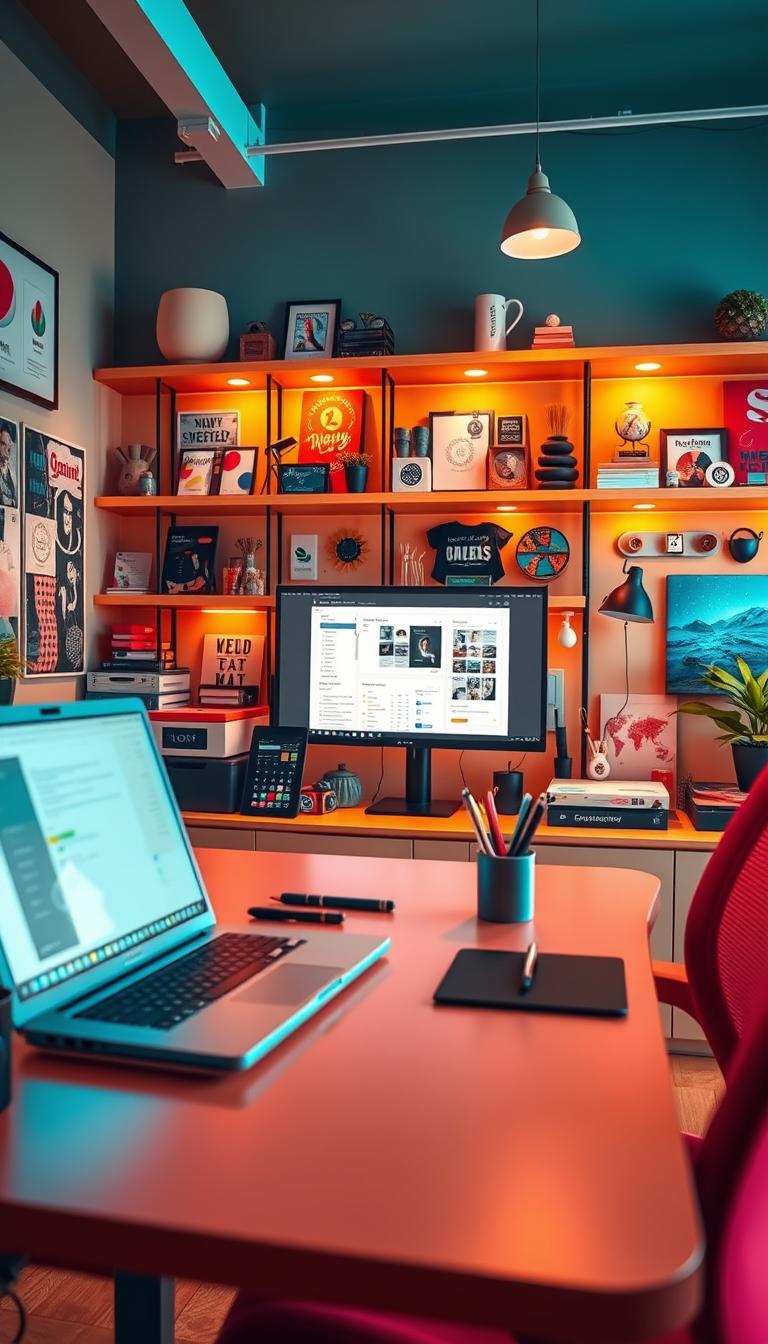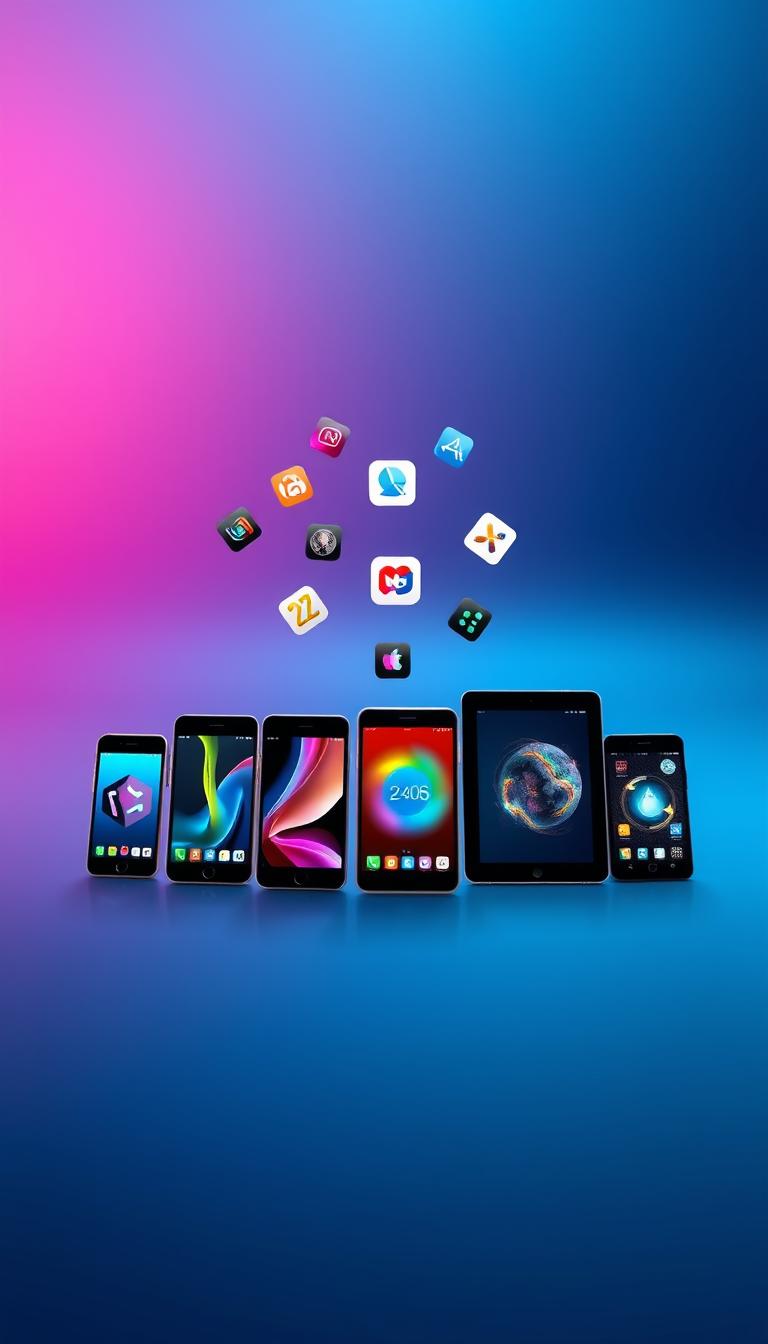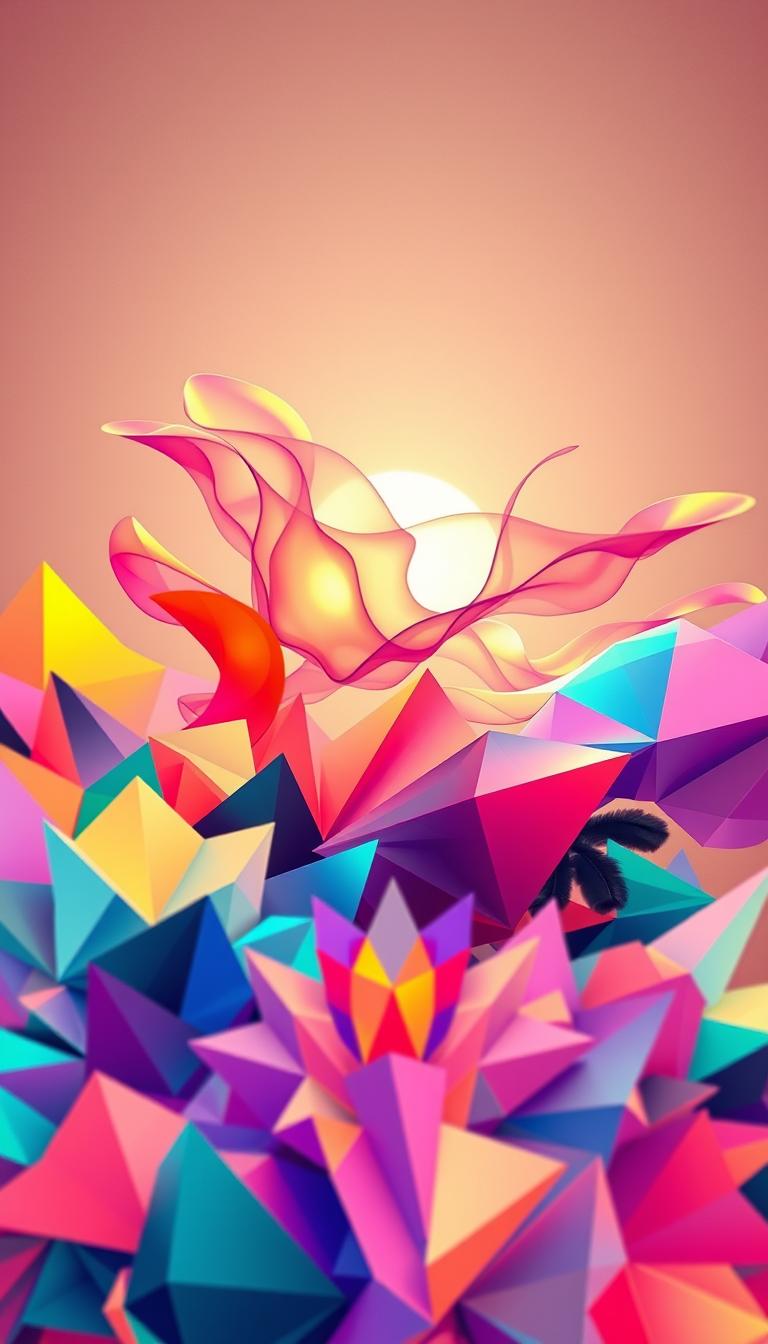
We often think creativity is only for a few, but what if everyone has a hidden creative genius inside? Creativity is a natural part of being human. It drives new ideas and progress.
When we tap into our creativity, we see things differently. We find new ways to solve problems. It’s about using our imagination to make ideas come to life. We can all express our creativity, whether through art, writing, or other forms.
Key Takeaways
- Creativity is an inherent human trait that can be developed.
- Unlocking your creative potential can lead to innovative solutions.
- Embracing creativity enhances problem-solving skills.
- Nurturing your creative side can lead to personal fulfillment.
- Everyone has the potential to be creative, regardless of their background.
Understanding the Fundamentals of Design
The world of design is based on key principles and elements. These guide the creation of designs that are both beautiful and effective. To make compelling designs, one must first grasp these basics.
The Elements of Design
The elements of design are the basic parts of any design. They include line, shape, form, texture, color, and space. Each element is vital in making a design visually appealing.
- Line: Defines shape, creates movement, and guides the viewer’s eye.
- Shape: A self-contained area with a defined boundary.
- Form: A three-dimensional volume created by lines, shapes, and colors.
- Texture: The surface quality or “feel” of an object or design.
- Color: Used to evoke emotions, convey meaning, and create harmony.
- Space: The negative areas between and around objects, used to create a sense of depth and balance.
The Principles of Design
The principles of design help use the elements to create a cohesive design. The main principles are balance, contrast, emphasis, movement, pattern, unity, and white space.
| Principle | Description |
|---|---|
| Balance | The arrangement of visual elements to create a sense of stability. |
| Contrast | The use of different visual elements to create visual interest. |
| Emphasis | Creating a focal point to draw the viewer’s attention. |
| Movement | Guiding the viewer’s eye through the design. |
| Pattern | The repetition of similar elements, such as shapes or colors. |
| Unity | The sense of oneness or coherence in a design. |
| White Space | The use of empty space to create a sense of simplicity and clarity. |
By understanding and applying these elements and principles, designers can create designs that are both effective and pleasing to the eye. These designs engage and communicate well with their audience.
The Importance of User-Centered Design
Understanding your users is key to mastering design. User-centered design focuses on what users need, want, and can do. It puts the user at the center of the design process.
This approach helps designers make products that look good and work well. In today’s market, a great user experience can set you apart.
Defining User Experience (UX)
User Experience (UX) is how a user feels when using a product or service. It includes how easy it is to use, if it’s accessible, and if it makes the user happy.
A good UX has:
- Easy navigation and clear layout
- Designs that work on all devices
- Features for everyone to use
Conducting User Research
User research is key to knowing what your audience wants. You can gather data through surveys, interviews, and testing how users interact with your product.
Good user research should:
- Find out what users want to achieve
- Learn about their habits and problems
- Use this information to guide design
By using user research, designers can make products that meet user needs. This leads to a better experience for everyone.
In summary, user-centered design is more than a method. It’s a way of thinking that puts the user first. By following UX principles and doing deep user research, designers can make products that truly connect with their audience.
Exploring Graphic Design
Graphic design is all about the tools, trends, and techniques that make visual communication work. It’s key in today’s marketing and communication world. It helps businesses share their messages clearly.
Graphic design uses many elements like typography, color theory, and composition. Designers mix these to make designs that grab attention and are effective.
Key Software and Tools
The graphic design world relies on special software and tools. Some top ones are:
- Adobe Creative Cloud: A set of apps like Photoshop, Illustrator, and InDesign. They’re the go-to for graphic design.
- Sketch: A favorite among UI and UX designers for digital design.
- Figma: A cloud-based tool for UI/UX design that makes teamwork easy.
These tools help designers make, edit, and perfect their work. Knowing these well lets designers create top-notch designs for their clients.
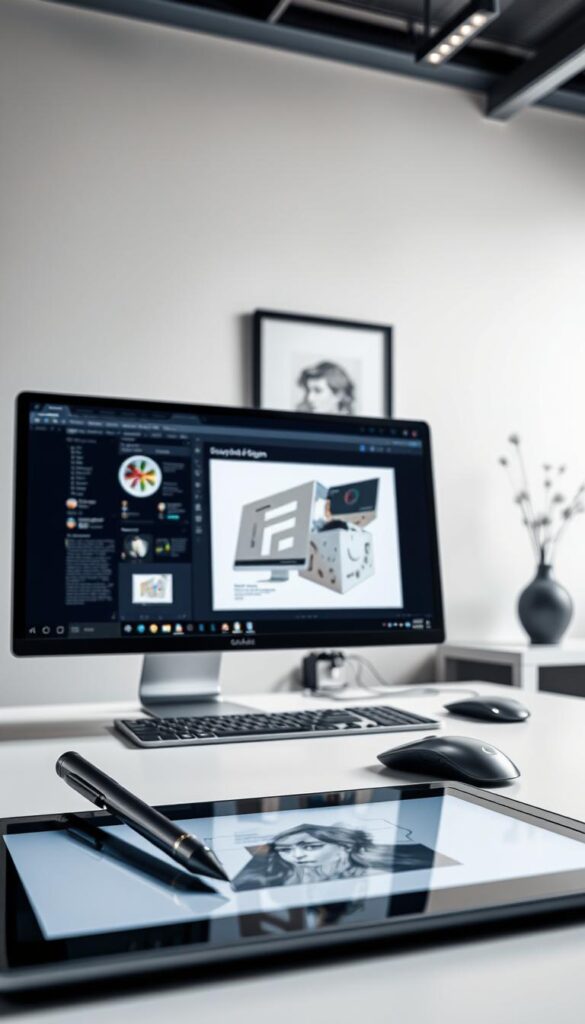
Design Trends to Watch
Graphic design is always changing, with new trends popping up all the time. Some hot ones to keep an eye on are:
- Minimalism: Focuses on simplicity and clearness.
- Bold Typography: Big, bold fonts for a strong visual punch.
- Sustainable Design: Designs that care for the environment.
Keeping up with these trends helps designers make designs that are fresh and connect with their audience.
Creating Compelling Visuals
To make visuals that grab attention, designers need to mix creativity with technical know-how. They must grasp design basics like balance, contrast, and alignment.
Using these principles, designers can make visuals that look good and get the message across. Whether it’s a logo, brochure, or website, the goal is to leave a strong impression.
In short, graphic design is a field that needs creativity, technical skills, and trend knowledge. By mastering software, staying current with trends, and applying design principles, designers can make visuals that engage and inspire.
The Role of Color in Design
In design, color is more than just a visual element. It’s a key way to communicate messages and emotions. Using color well can make a design more engaging and impactful. We’ll look at color theory basics and how to pick a color palette that enhances design.
Color Theory Basics
Color theory is a key part of design. It helps us understand how colors work together. It includes the color wheel, color harmony, and how colors make us feel. Knowing color theory helps us make better color choices in design.
The color wheel shows how colors are related. It helps designers find primary and secondary colors, and how to mix them. Color harmony is about making colors work together well.
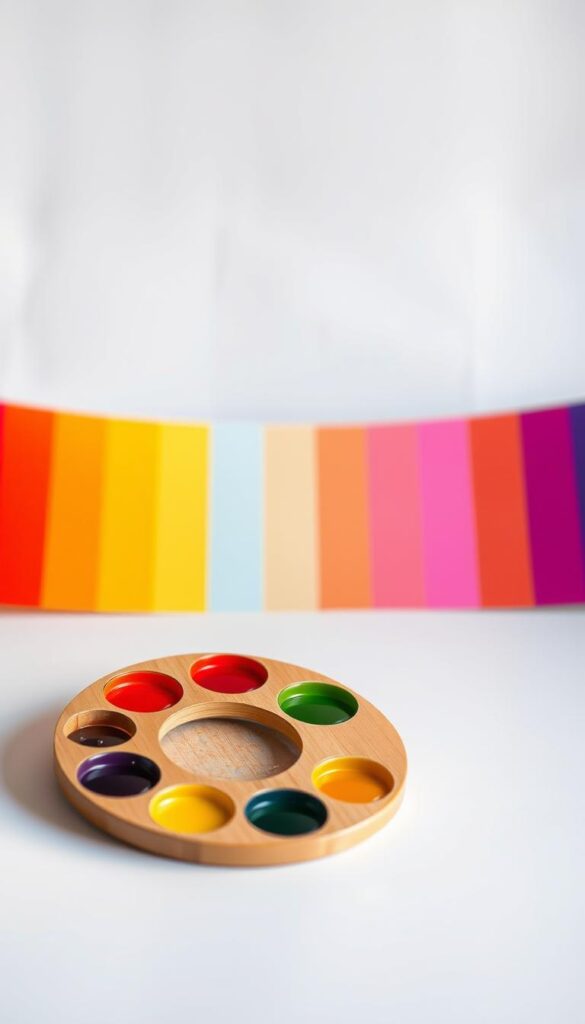
⭐️ Tap the exclusive deal link https://temu.to/k/uot8tcxvwum to score top-quality items at ultra-low prices. 🛍️ These unbeatable deals are only available here. Shop now and save big! ⭐️ Directly get exclusive deal in Temu app here: https://app.temu.com/m/mhb5rstagbx
Another surprise for you! Click https://temu.to/k/uag0bn0o0wd to earn with me together🤝!
Choosing the Right Color Palette
Picking the right color palette is crucial in design. A good palette can make a design stand out, while a bad one can pull it down. Think about the brand, the audience, and the emotions you want to create.
Here are some tips for picking a color palette:
- Match the brand’s colors for consistency.
- Think about the feelings colors can create.
- Use online tools to try out different colors.
- Test the palette in different settings to see how it looks.
| Color | Emotional Impact | Common Associations |
|---|---|---|
| Red | Energy, Passion | Love, Urgency |
| Blue | Calmness, Trust | Professionalism, Serenity |
| Green | Balance, Growth | Nature, Harmony |
By grasping color theory and picking a good color palette, designers can make designs that really connect with people.
Typography: The Art of Text
Typography is a key part of graphic design. It can make or break a design’s impact. The right typography can change how a message is seen by the audience.

Choosing the right fonts is crucial. The right typography can make a design look better. The wrong choice can make it look messy and confusing.
Font Selection and Pairing
Choosing fonts involves many factors. These include the design’s purpose, who it’s for, and its overall look. Here are some important things to think about:
- Legibility: The font should be easy to read, even at small sizes.
- Consistency: Using the same font or family can make a design look cohesive.
- Contrast: Mixing fonts with different styles can add interest.
Finding the right font pair is an art. It’s about finding a balance between similar and different fonts. Try out different combinations and see what works best.
The Impact of Typography on Design
Typography’s impact on design is huge. It affects how a design looks and how well a message is understood. Good typography can:
- Make text easier to read and understand.
- Create a clear order in the design, guiding the viewer’s eye.
- Add to the design’s mood and tone.
In short, typography is very important in design. By picking and pairing fonts carefully, designers can make designs that are both beautiful and effective.
Designing for Digital vs. Print
Designers often face a tough choice between digital and print media. It’s not just about the final product. It’s about grasping the unique challenges and chances each offers.
Differences and Similarities
Digital design, like websites and apps, needs to think about user interaction and screen quality. Print design, such as brochures and posters, focuses on static visuals and touch.
Yet, both digital and print design share key principles. Color theory, typography, and layout are essential in both. A well-designed logo or typography works well in both digital and print.

Best Practices for Each Medium
Digital design should be optimized for various screens and devices. It should also be accessible and interactive. Print design, however, needs high-resolution images and the right color mode (CMYK) to avoid printing issues.
| Design Element | Digital Design | Print Design |
|---|---|---|
| Color Mode | RGB | CMYK |
| Resolution | 72 dpi | 300 dpi |
| Interactivity | High | Low/None |
Designing for both digital and print requires understanding their differences. Yet, the goal of clear communication stays the same. By knowing and using best practices for each, we can make designs that engage our audience, no matter the platform.
“Good design is good design, whether it’s for a digital platform or print. The key is understanding the nuances of each medium and leveraging them to communicate effectively.”
The Creative Process: From Idea to Execution
The creative process is a journey that turns ideas into real designs. It has many stages to help designers improve their ideas and make quality work.
At the core of this process is brainstorming. It’s a way to come up with lots of ideas. Good brainstorming creates a space where creativity can grow, without fear of being judged too soon.
Brainstorming Techniques
Brainstorming can happen alone or with others. Methods like mind mapping, free writing, and SCAMPER help bring out new ideas.
- Mind mapping is about organizing ideas around a main idea.
- Free writing lets thoughts flow without worrying about grammar or spelling.
- SCAMPER helps change old ideas into new ones.
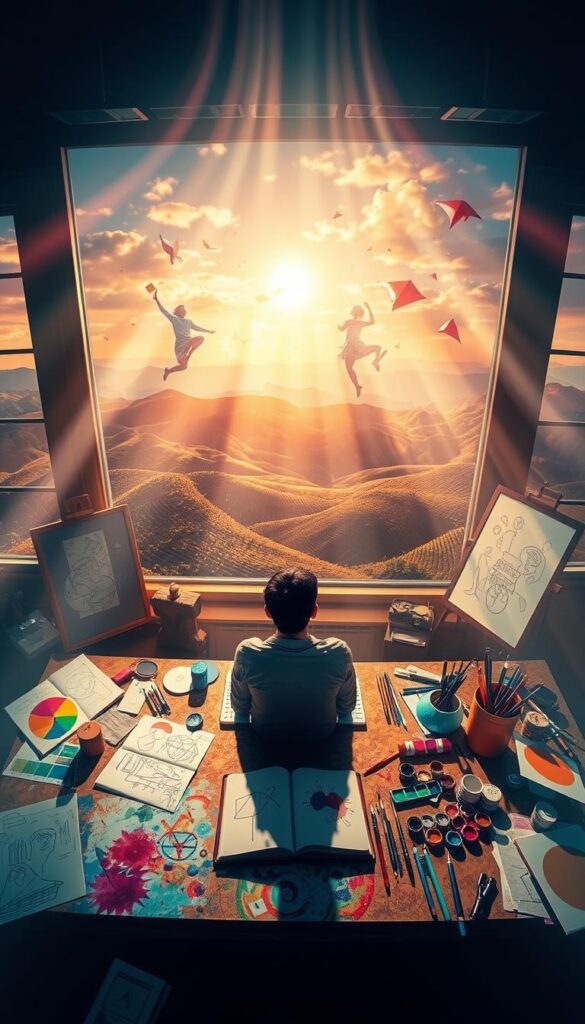
Prototyping and Testing
After ideas are made, designers make a first version of their design. This version, called a prototype, is then tested to find any problems or areas to get better.
Prototyping and testing are key. They let designers check if their ideas work and make changes before finishing the design. This back-and-forth process makes sure the final product is good and meets what users need.
By following the creative process, designers can make sure their work looks good and works well. Using brainstorming, prototyping, and testing well leads to successful design.
The Influence of Branding on Design
Design and branding are closely linked. Branding shapes the creative choices that define a brand’s look. Understanding how they work together is key to a unified brand image.
Understanding Brand Identity
Brand identity is how a brand presents itself. It includes logos, colors, and fonts, as well as the tone and language used. A strong brand identity builds recognition and trust. Brands like Coca-Cola and Apple have distinct identities that are known worldwide.

- The logo and its variations
- Color palettes and their emotional connotations
- Typography and its impact on brand perception
- Tone of voice and language usage in brand communications
Aligning Design with Brand Strategy
Aligning design with brand strategy means all design supports the brand’s goals. It requires knowing the brand’s mission, audience, and market position. Effective design alignment boosts brand consistency and customer engagement. As Marty Neumeier said, “The goal of branding is to make your product or service feel like it’s the only solution to the customer’s problem.”
“The goal of branding is to make your product or service feel like it’s the only solution to the customer’s problem.” – Marty Neumeier
To align design with brand strategy, designers must collaborate with brand strategists. They need to:
- Understand the brand’s core values and mission
- Identify the target audience and their needs
- Develop design elements that resonate with the audience and support the brand strategy
This way, brands can create a visual identity that looks good and communicates their values and mission well.
Collaboration and Feedback in Design
Effective collaboration is key to successful design projects. In design, working together and giving feedback are crucial. They greatly affect a project’s outcome.

Designers must clearly understand the project’s goals and what’s expected. This means listening well and talking openly. It ensures everyone is on the same page.
Working with Clients and Stakeholders
Working well with clients and stakeholders needs empathy, clear talk, and flexibility. It’s about getting their vision and needs. Then, use that to guide the design.
- Establish clear channels of communication
- Set realistic expectations and timelines
- Foster a collaborative environment
This way, designers can make sure their work meets and goes beyond what clients want.
The Importance of Constructive Criticism
Constructive criticism is essential in design. It helps designers improve their work, fix problems, and boost quality.
Receiving feedback well and being open to criticism can really help a designer grow. It’s about seeing feedback as a chance to get better.
To give good feedback, be specific, fair, and focus on the work, not the person. This makes feedback helpful and positive.
Emerging Technologies in Design
The design world is on the verge of a big change. New technologies are coming in, changing how we create. Designers are always looking for new ways to make our work better, improve user experiences, and explore new possibilities.
The Use of AI in Design Workflows
Artificial intelligence (AI) is becoming a big part of design. It automates simple tasks, letting designers concentrate on creative work. AI tools can edit images, suggest layouts, and even come up with initial design ideas based on what the project needs.
AI is great at looking at lots of data fast. It gives insights that help designers make better choices. For example, AI can look at how users behave to suggest ways to make designs more engaging.

Virtual Reality and Augmented Reality Applications
Virtual reality (VR) and augmented reality (AR) are changing how we see designs. VR lets designers create experiences that feel real. AR adds digital stuff to the real world, making it more interactive.
| Technology | Application in Design | Benefits |
|---|---|---|
| AI | Automating repetitive tasks, generating design concepts | Increased efficiency, enhanced creativity |
| VR | Creating immersive experiences, simulating real-world environments | Enhanced user engagement, improved design testing |
| AR | Overlaying digital information onto real-world environments | Interactive experiences, enhanced user interaction |
Sustainability in Design
As designers, we have a chance to help the environment. We focus on sustainable design. This means choosing materials and processes that are good for the planet.
We use eco-friendly materials in our work. These materials are made in ways that don’t harm the environment. For example, we use recycled materials, wood from sustainable sources, and paints that don’t release harmful fumes.
Eco-Friendly Practices in Design
Using eco-friendly practices is key to reducing our designs’ impact. We design things that can be recycled. We also use digital tools to cut down on waste. And we choose manufacturing methods that save energy and water.
| Eco-Friendly Practice | Description | Benefit |
|---|---|---|
| Design for Recyclability | Creating products that can be easily recycled | Reduces landfill waste |
| Digital Design Tools | Using software to minimize physical prototypes | Reduces material waste |
| Sustainable Manufacturing | Choosing processes that conserve energy and water | Lowers environmental impact |
The Importance of Sustainable Design
Sustainable design is more than just being green. It’s about making things that are good for people and save money over time. By focusing on sustainability, we encourage new ideas and create designs that are both stunning and responsible.

By adopting sustainable design, we can have a big positive effect on the environment. It’s a journey that needs ongoing learning, creativity, and dedication. But it’s crucial for building a better world.
Continuing Education and Staying Current
To stay ahead in the design world, we must keep learning. It’s key to update our skills with new trends and tech. This way, we can keep delivering top-notch work.
Resources for Ongoing Learning
There are many ways to learn more, like online courses on Skillshare and Udemy. Design blogs like Smashing Magazine and publications like Communication Arts are also great. These help us know the latest in design.
Networking in the Design Community
Being part of the design community is crucial. We can learn a lot by going to design conferences and joining online forums like Reddit’s r/design. Local design events are also great for meeting other designers and sharing ideas. This keeps us up-to-date and helps us grow.



